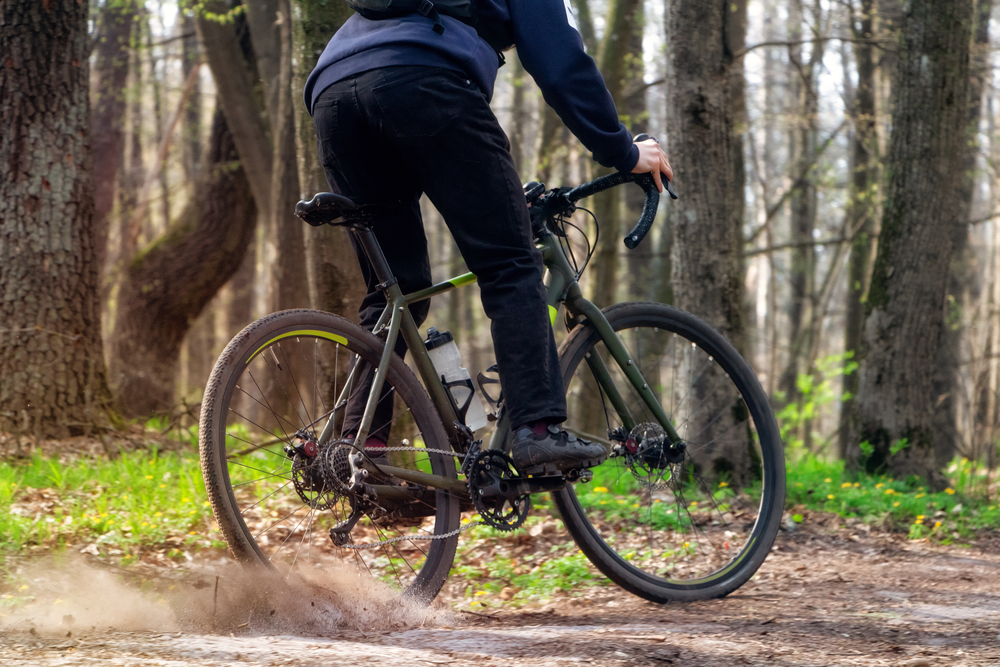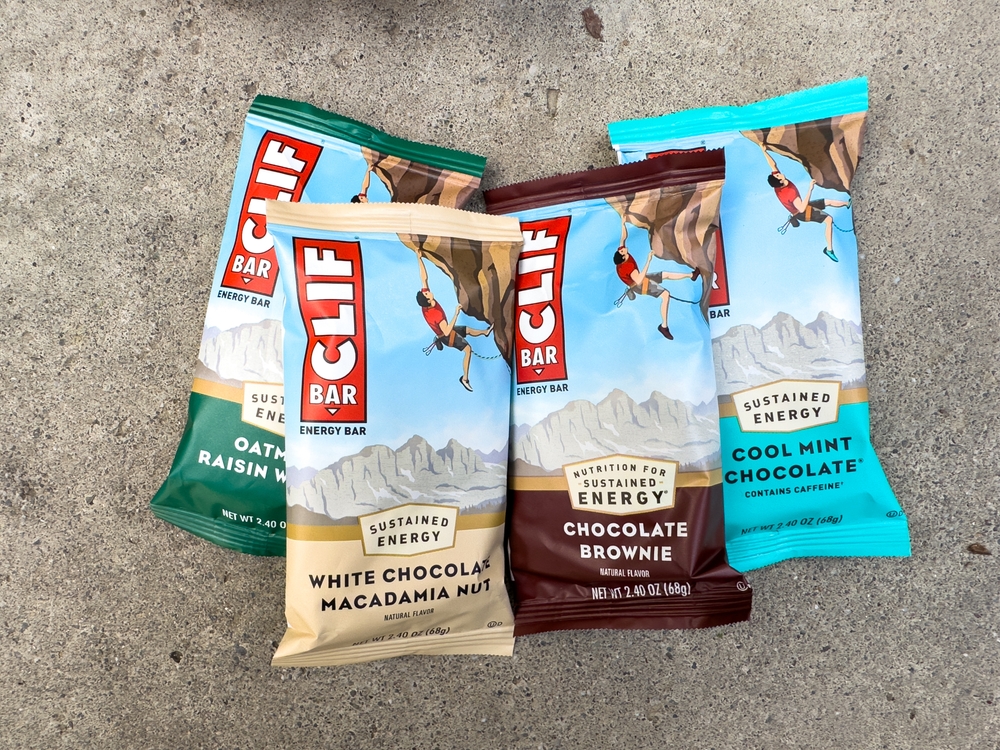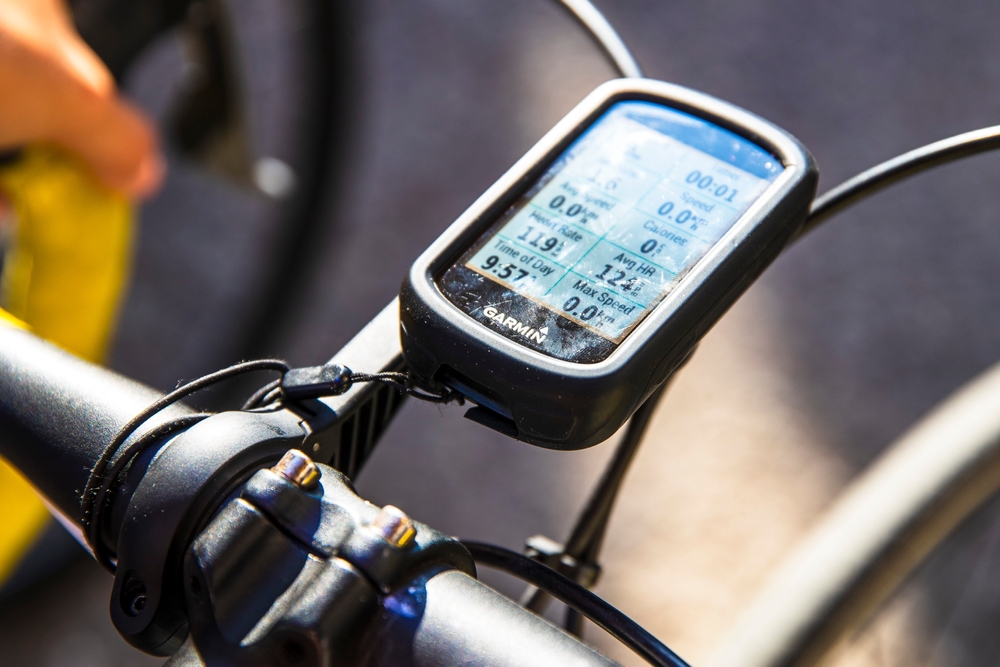Best Mountain Bike Helmet: A Comprehensive Guide
An essential piece of equipment for mountain biking is the helmet. It provides protection, comfort, and can even impact your performance. This guide details the best mountain bike helmets, considering their features and benefits.
Key Features of a Good MTB Helmet
When selecting a mountain bike helmet, consider these key features:
- Safety: Look for certifications like CPSC, EN 1078, or ASTM F1952. These standards ensure the helmet has undergone rigorous testing.
- Fit: A proper fit is crucial. The helmet should be snug but not tight. Adjustable retention systems help achieve the perfect fit.
- Ventilation: Adequate airflow helps keep you cool. Helmets with multiple vents and internal airflow channels excel in this area.
- Comfort: Soft padding and moisture-wicking liners enhance comfort, especially on long rides.
- Weight: A lighter helmet reduces strain on your neck. Most high-quality helmets have a balance of protection and lightness.
- Visor: A visor shields your eyes from sun and debris. Adjustable visors are a plus for varying conditions.
- MIPS Technology: Multi-directional Impact Protection System (MIPS) adds an extra layer of safety by reducing rotational forces during impacts.
Top Mountain Bike Helmets in 2023
Bell Super 3R MIPS
The Bell Super 3R MIPS is versatile with its removable chin bar. This feature allows for easy conversion between a full-face and half-shell helmet. MIPS technology is included for added protection. Multiple vents and an overbrow ventilation system facilitate air circulation. The adjustable visor is seamless with the helmet design.
Giro Switchblade MIPS
The Giro Switchblade MIPS also features a removable chin bar. Full ASTM DH certification offers reassurance for downhill biking. MIPS technology enhances safety. The Roc Loc Air DH fit system provides a secure and comfortable fit. Removable cheek pads contribute to comfort on long rides. It’s well-ventilated, with 20 vents and Wind Tunnel ventilation.
Fox Racing Dropframe Pro
The Fox Racing Dropframe Pro offers full coverage without the bulk of a full-face helmet. It uses Varizorb dual-density EPS foam for impact absorption. MIPS technology is integrated. The Fidlock SNAP helmet buckle system ensures quick and secure fastening. It’s well-ventilated, maintaining airflow with a total of 15 vents.
POC Tectal Race SPIN
The POC Tectal Race SPIN is designed for aggressive trail riding and enduro racing. It features the SPIN (Shearing Pad INside) system that functions similarly to MIPS. The unibody shell construction enhances helmet integrity and safety. An aramid bridge system adds strength and protection against impacts. The visor is precision-adjustable.
Smith Forefront 2
The Smith Forefront 2 has an Aerocore construction which includes Koroyd for impact protection. This helmet is designed to integrate with goggles and sunglasses. The adjustable visor is a practical feature. 20 vents provide ample ventilation. The VaporFit adjustable system ensures a comfortable and ergonomic fit.
Choosing the Right Helmet for Your Needs
Selecting the right helmet depends on your riding style and preferences. For downhill riders, a helmet with a chin guard like the Bell Super 3R or Giro Switchblade can offer additional protection. Enduro riders may prefer the POC Tectal Race SPIN for its balance of coverage and ventilation. Trail riders might lean towards the Smith Forefront 2 for its versatility and integration features.
It’s essential to try on helmets before making a purchase whenever possible. What fits one person comfortably may not be the best fit for another. Ensuring the helmet sits level on your head and feels snug will make a world of difference in comfort and protection.
Maintenance and Care Tips
Proper care extends the life of your helmet. Here are some tips:
- Regular Inspections: Check for cracks and dents regularly. Any significant impact necessitates helmet replacement.
- Cleaning: Use mild soap and water to clean the helmet. Harsh chemicals can degrade the materials.
- Storage: Store your helmet in a cool, dry place away from direct sunlight. Extreme temperatures can compromise its integrity.
- Replacement: Helmets should be replaced every 3-5 years, even if they haven’t sustained major impacts. Materials degrade over time.
Conclusion
Choosing the right mountain bike helmet involves considering safety, fit, ventilation, comfort, and features like MIPS technology and adjustable visors. Top choices like the Bell Super 3R MIPS, Giro Switchblade MIPS, Fox Racing Dropframe Pro, POC Tectal Race SPIN, and Smith Forefront 2 offer various benefits catering to different biking styles. Regular maintenance ensures your helmet remains protective and extends its usable life. Happy trails!
“`






